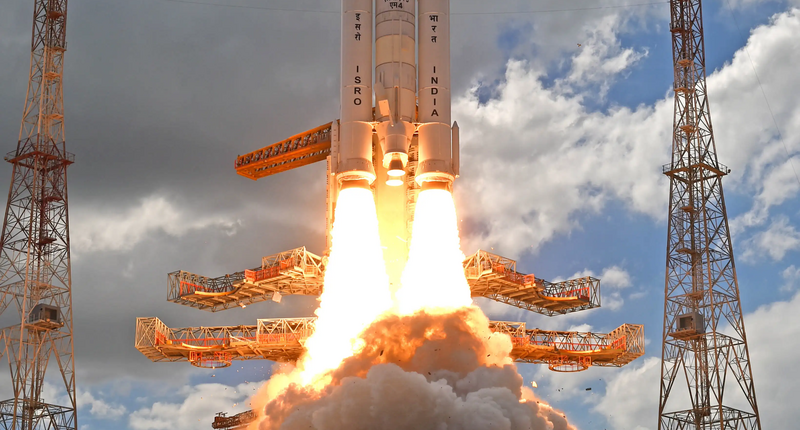India is continuing its big bets on space programs. In a new decision furthering those big bets, the Government has given green light to a suite of space missions in order to herald a new era in the country’s space exploration endeavors. Among these projects is the Chandrayaan-4 mission, alongside the Venus Orbiter Mission (VOM) and the Bharatiya Antariksh Station (BAS).
The Chandrayaan-4 mission represents a significant milestone in India’s space exploration trajectory. With an allocated budget of ₹2,104.06 crore, this mission is designed to develop and validate technologies essential for future manned lunar missions, as well as enable India to achieve its target of landing astronauts on the moon by 2040. The mission will focus on demonstrating technologies required for a successful lunar landing and safe return to Earth. These technologies include docking and undocking procedures, lunar landing systems, and methods for lunar sample collection and analysis.
Scheduled for completion within the next 36 months, the Chandrayaan-4 mission will be managed by the Indian Space Research Organisation (ISRO). “Major technologies, including those for docking/undocking, lunar landing, safe return to Earth, and lunar sample collection and analysis, will be demonstrated,” the official statement said.
The Union Cabinet also approved the Venus Orbiter Mission (VOM), with a budget of ₹1,236 crore. This mission aims to enhance our understanding of Venus by placing a scientific spacecraft in orbit around the planet. The VOM is a critical step in expanding India’s planetary exploration efforts beyond the moon and Mars, and is designed to study Venus’s dense atmosphere, surface, and subsurface characteristics. By analyzing the planet’s atmospheric processes and geological features, scientists hope to uncover insights into Venus’s climatic history and its evolutionary path. The mission is scheduled to launch in March 2028, with ISRO responsible for the development and deployment of the spacecraft. The budget covers the development of the spacecraft, global ground station support, and launch vehicle costs, while the VOM aims to provide crucial data.
In addition to lunar and planetary missions, the Union Cabinet has sanctioned the development of India’s first space station, the Bharatiya Antariksh Station (BAS), which is envisioned as a hub for scientific research and experiments in space. Scheduled for the launch of its first module in 2028, the space station will join the ranks of existing space stations like the International Space Station (ISS) and China’s Tiangong. The BAS is expected to facilitate long-term scientific research and experiments in microgravity.
And if this is not enough, the Cabinet also approved the development of a Next-Generation Launch Vehicle (NGLV), a key component for future space missions. With a budget of ₹8,240 crore, the NGLV will significantly enhance payload capacity and reduce launch costs. The development of the NGLV is closely linked to the Gaganyaan program, India’s human spaceflight initiative. it is designed to have three times the payload capability of current launch vehicles, making it essential for future human spaceflights and satellite launches. The project will include three demonstration flights over the next eight years.
The Tech Portal is published by Blue Box Media Private Limited. Our investors have no influence over our reporting. Read our full Ownership and Funding Disclosure →






